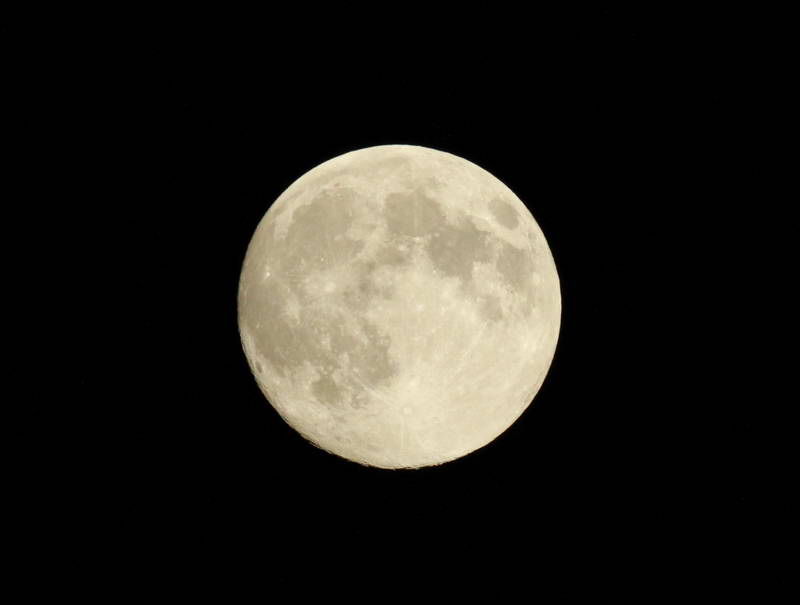
Ice at Night
There is something alluring or adventurous about going out on the ice at night, especially on a full moon. This is one of those times when good judgement may be needed to overcome the attraction to what can be a high risk endeavour.
We had an instance in our area a few years ago in which a lone, night time skater fell through on a popular but uninhabited pond. The person struggled to get back on the ice. Luckily, they were successful.
In February 2012, another solo skater, on a full moon night on the same pond fell through at a persistent folded ridge covered with a thin skim of overnight ice. He went in to his shoulders and got out very quickly (he is not sure how).
In another recent instance in Alaska, a lone, nighttime skater who was associated with the search and rescue community died. Skating at night obviously increases the risk considerably by making it harder to detect and avoid problems and more difficult to recover from falling through or any other bad situation you find yourself in. More...
In a less hair raising example, a friend and I went sailing in two DN ice boats, on a full moon, light wind, night on ice we knew well. After half an hour of sailing around at about 20 mph, a fishing shanty appeared just to the left of where we were sailing. It could just have easily been directly in front of one of us. We realized we could not see large obstacles or each other as well as we though. We parked the boats and have not sailed at night since.
Night time ice snowmobile fatalities happen all to often. In the 2013 season, 68% of the 19 snowmobile+ice fatalities were at night. For a hair raising account with a good outcome and a good look at the ground truth, click here to read Al Morancy's story from big and remote Umbagog Lake on the Maine-New Hamshire border. Also see the very informative Discovery Channel video on this subject.
If you chose to neglect this advice, at least be well prepared: claws, throw ropes, life jackets, bright headlamps, water proofed cell phones, buddies, test poles, etc. and check the ice out in advance during daylight. Night time is a poor time to look for problems on the ice but a likely time for problems to find you. Even with a full moon and no clouds it is not easy to spot warning signs and moonlight will shut off if a cloud comes by.
Bob
